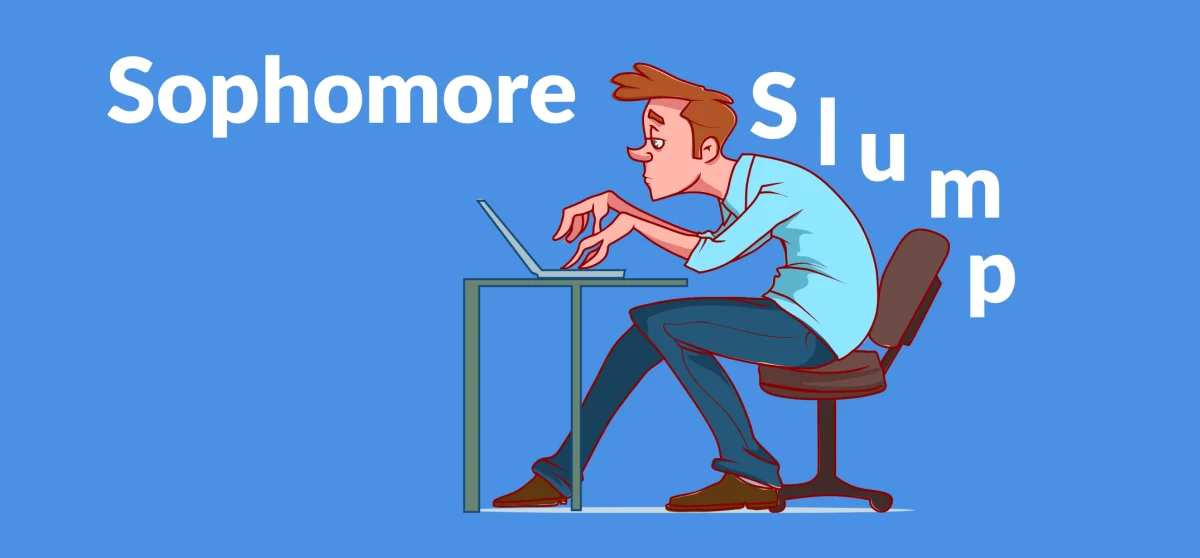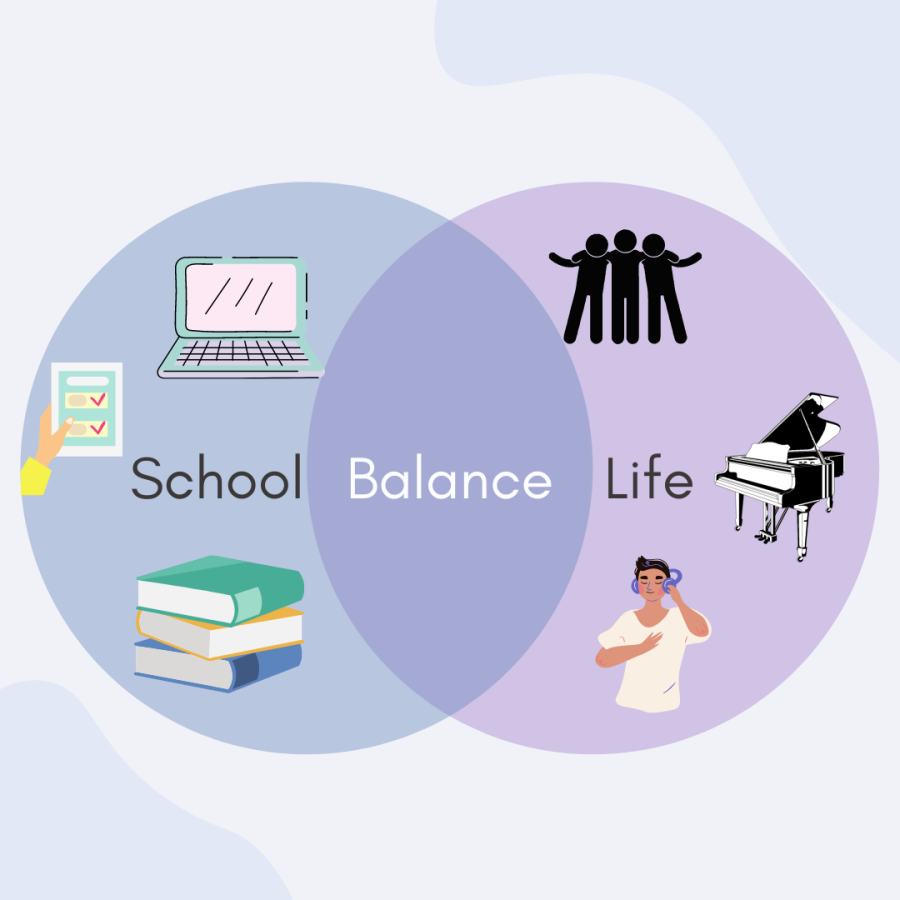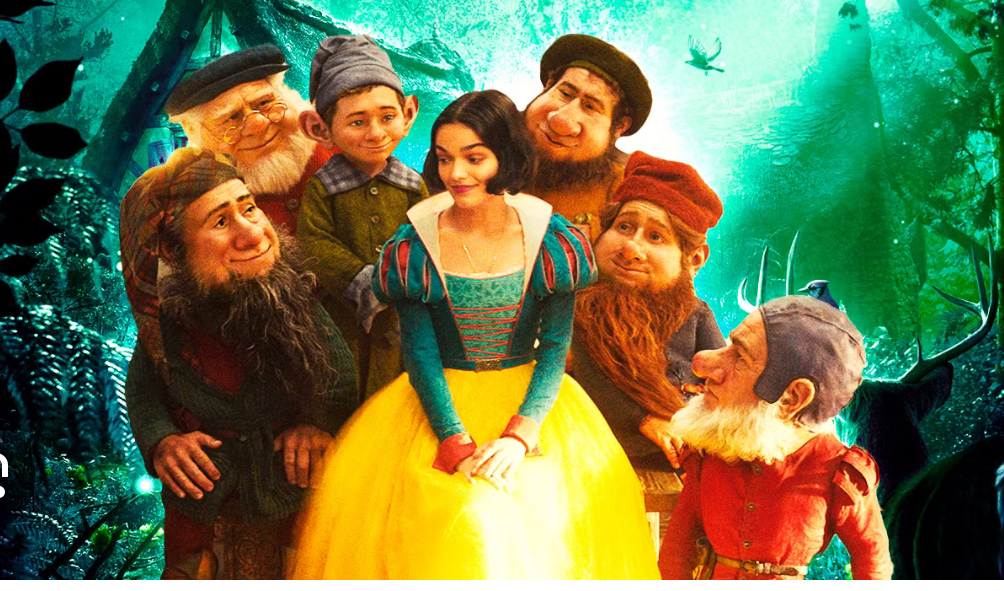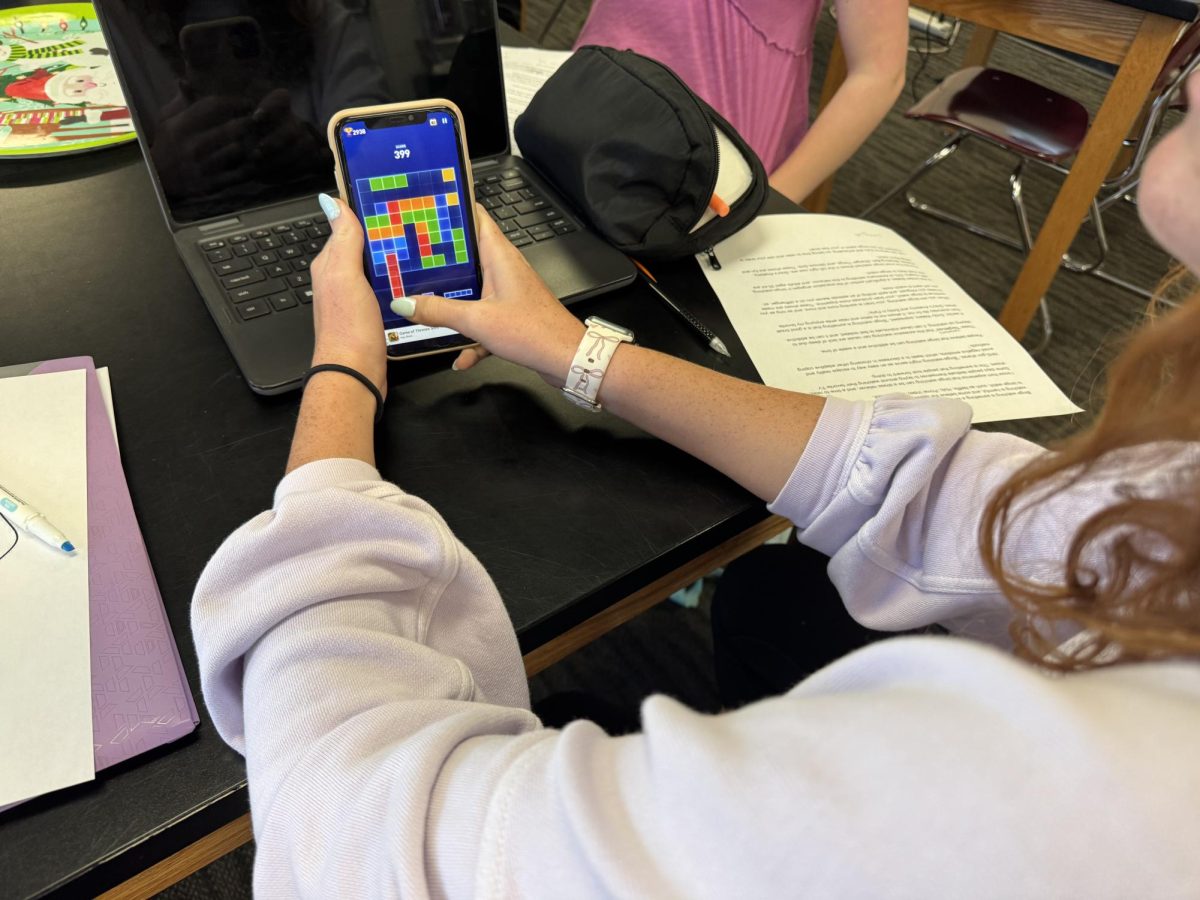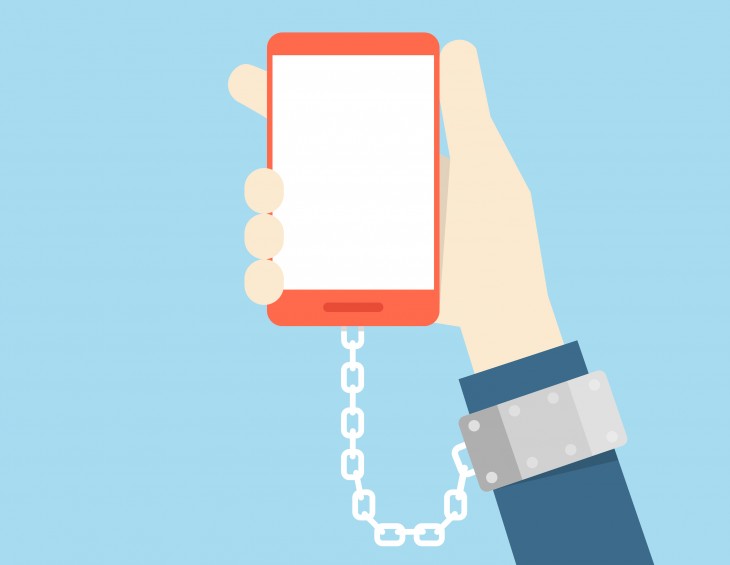Chained to Social Media
March 16, 2020
Social media has grown tremendously in popularity the past twenty years. User-friendly apps such as Facebook, Instagram and Twitter connect teenagers to peers from across the world. On the contrary, social media has proven to cause a myriad of mental health disorders. It also is addicting; teenagers rely on constant gratification to boost their self-image, and it has the potential to lead to cyber-bullying and online stalking.
Anxiety stems from high consumption from social media. According to Abby Jackson from The Business Insider, “Anxiety is now the No. 1 mental health diagnosis on college campuses.” Due to the social comparison theory, high school and college students evaluate their worth based on the performance of others. Not to mention, individuals compete with peers for likes and comments on social media. Countless students buy expensive clothing and pose with fake friends to “keep up with the Joneses.” In order to alleviate anxiety, students can exercise mindfulness techniques such as conscious breathing and stretching. Bike rides, long walks and yoga also relax the soul.
Senior Emily Edge adds, “I think social media causes students to compare themselves to other individuals. It is a toxic process, and consequently, they want to change their personal identities to impress other people.”
Due to the significant correlation between social media and body dysmorphia, Americans face eating disorders such as anorexia and bulimia nervosa. Affecting millions of people in the United States, this happens due to unrealistic expectations to achieve a flawless physique. Also, there is a significant correlation between social media and body dysmorphia.
According to therapist Katie Hurtley, “Those who had spent more time on social media had 2.2 times the risk of reporting eating and body image concerns, compared to their peers who spent less time on social media.” Adults manipulate their appearance with facial injections and Photoshop filters to look beautifully overrated. Then, to treat eating disorders, Americans can write down the parts of the body that they are grateful for.
Affecting a majority of teens in the United States, cyberbullying is a cause of depression, sleep deprivation and suicide.
According to DoSomething.org, “23% of students reported that they’ve said or done something mean or cruel to another person online.” The organization further adds, “1 in 10 teen victims will inform a parent or trusted adult of their abuse.” In this case, the bully remains anonymous and continues to threaten the victim online. Then, in fear, the teen will continue to abide by the bully’s command. According to the CDC, suicide claims the lives of 45,000 individuals each year.
Senior Edenborough Hibiondia created a positivity page when he was 13-years-old for students at Ocean Bay Middle School to combat bullying. Hibiondia states, “The page impacted our peers and revealed that we are always divided by hate, but we are stronger together in love.”
Overall, research depicts that teenagers spend nine hours on social media each day. It is time to put technology to rest, and students need to continue to speak with others face-to-face, as opposed to solely communicating on the phone.
Links:
https://www.psycom.net/social-media-teen-mental-health
https://www.dosomething.org/us/facts/11-facts-about-cyber-bullying
Picture:
https://thenextweb.com/insider/2017/10/16/addicts-tale-week-without-social-media/



















